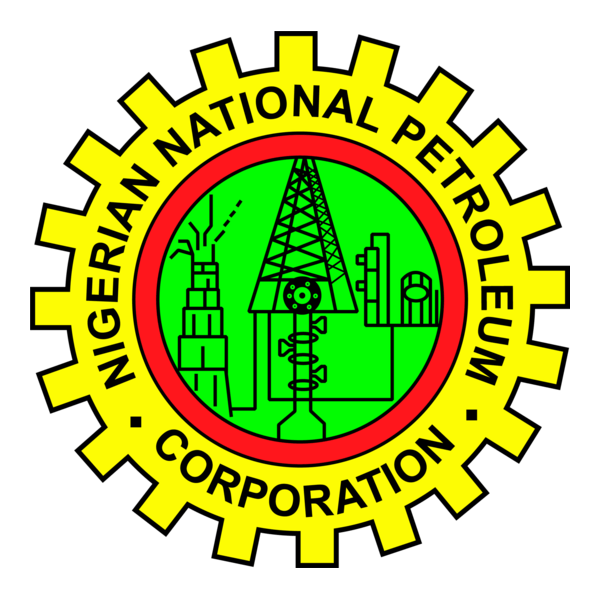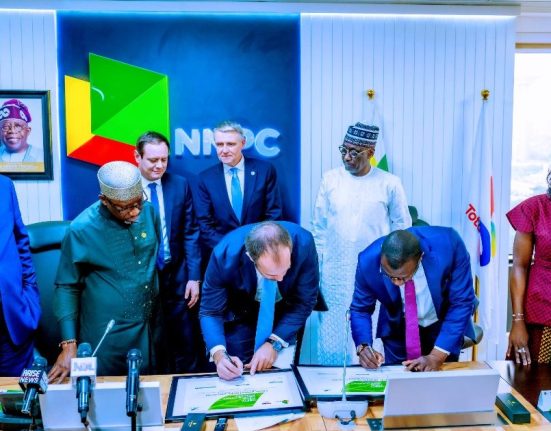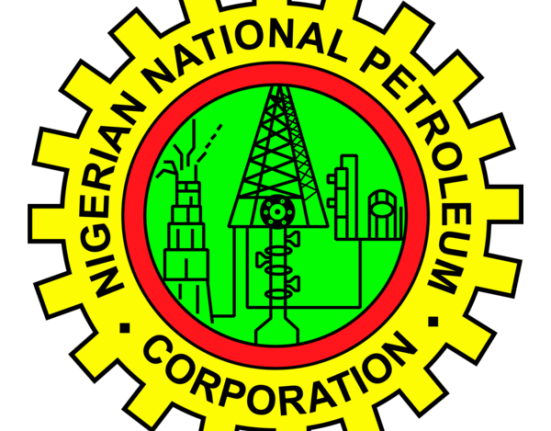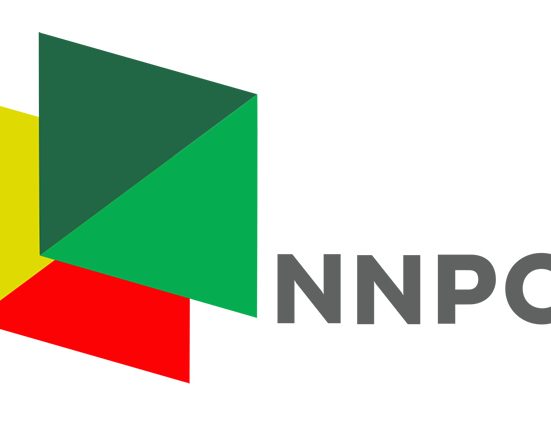Petroleum marketers across the country are grappling with significant losses following a fresh reduction in the pump price of Premium Motor Spirit (PMS), popularly known as petrol, by the Nigerian National Petroleum Company Limited (NNPC Ltd). The state-owned oil firm has cut the retail price of the product to N880 per litre in Lagos and N935 in Abuja, down from N925 and N950 respectively.
The adjustment, which took effect on Easter Monday, has left many filling station operators with unsold stock purchased at higher rates. This development comes shortly after the Dangote Petroleum Refinery announced a downward review of its ex-depot petrol price, dropping from N865 to N835 per litre. The $20 billion refinery also issued a directive to its key distribution partners—including MRS, Heyden, and Ardova—to adjust their pump prices accordingly.
Under the new pricing regime, Dangote’s petrol now retails at N890 per litre in Lagos, N900 in the South-West, N910 in the South-South, and N920 in the North-East. With NNPC’s price in Lagos undercutting Dangote’s by N10, industry analysts believe a fresh pricing rivalry may be brewing between the two major players in the downstream petroleum sector.
Despite the directive from NNPC Retail, checks by KIIN360 revealed that several NNPC filling stations were still dispensing fuel at the previous rates. Sources within the corporation explained that these outlets were allowed to sell off their existing stock before implementing the new prices. This policy also extends to independent marketers, many of whom are currently struggling to balance the books due to the sudden price shift.
In an exclusive interview with KIIN360, the National Vice President of the Independent Petroleum Marketers Association of Nigeria (IPMAN), Alhaji Hammed Fashola, confirmed the development. He noted that while the price cut may benefit the general public, the financial strain on marketers is severe.
“It is true that NNPC has reviewed its pump price downward to N880 in Lagos,” Fashola stated. “They have communicated this to their retail outlets. But those with old stock are still selling at higher prices to avoid incurring more losses. Some are still at N910 depending on their inventory.”
He emphasized that while deregulation has its advantages, especially for end-users, the unpredictability of price adjustments is hurting operators in the sector. “We welcome the price drop in principle, but we can’t ignore the consequences. The losses are massive, and marketers are bearing the brunt,” he said.
Fashola explained that the only way for marketers to cushion the financial blow is to quickly sell off old inventory—even if it means reducing prices to a break-even point. “What we’re trying to do is to sell at a level where the loss is manageable. Once we clear the old stock, we can then restock at the new price and align with the current market trend,” he added.
When asked about the possibility of petrol prices dropping further—potentially to N800 or even N700 per litre—Fashola declined to speculate, noting the volatility of key economic factors. “There are two critical elements: the international price of crude oil and the naira-to-dollar exchange rate. Both fluctuate constantly, and any projection would be purely speculative. If crude falls to around $50 per barrel, it may lower pump prices, but it could also negatively impact government revenue and economic stability. So, it’s a double-edged sword,” he remarked.
Industry observers have attributed the recent trend in price reductions to the federal government’s decision to maintain the naira-for-crude oil exchange arrangement, which was initially adopted to ease foreign exchange pressure on local refiners. With Dangote’s refinery now playing an active role in local fuel supply, competition in the downstream sector is expected to intensify, possibly triggering more price adjustments in the near future.
As the pricing dynamics evolve, marketers are calling for better regulatory frameworks and more predictable pricing models to ensure the sustainability of their businesses while meeting consumer needs. For now, consumers may enjoy some relief at the pumps, but the burden of adjustment continues to weigh heavily on the shoulders of independent operators.







